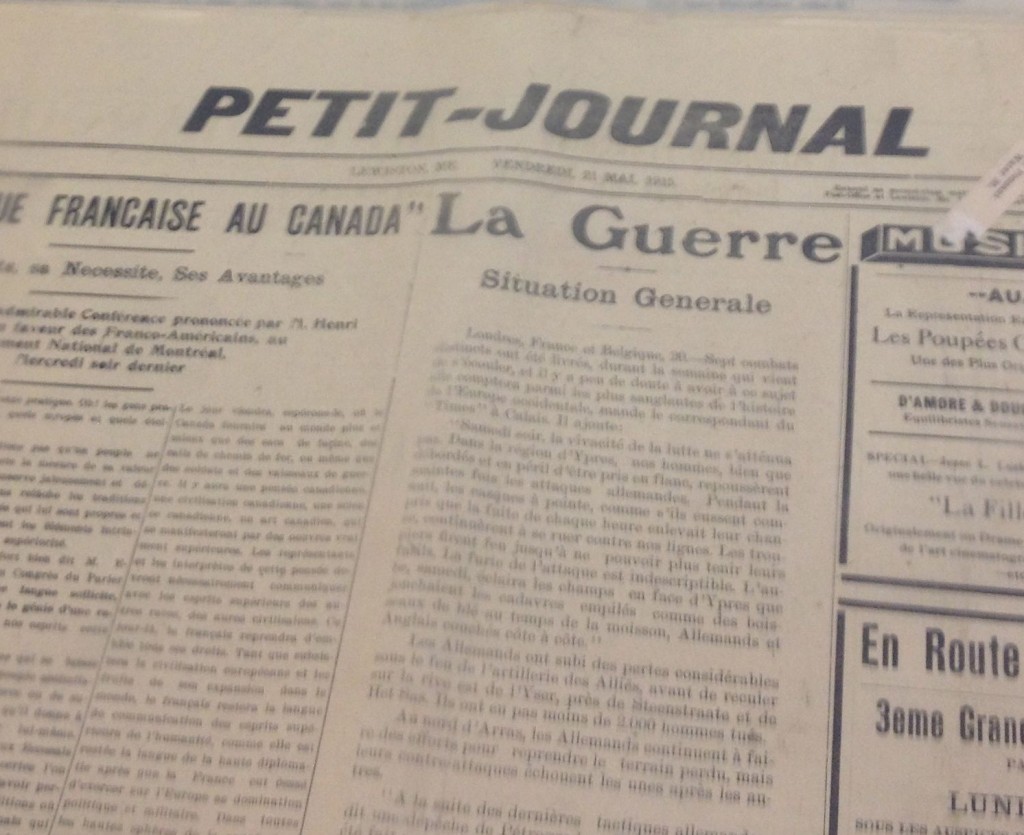There are over 2 million “francophones” in the United States, that is, those who speak French at home or otherwise strongly identify with the language and culture. It is the first or second language of about 10 million people in the Americas, even excluding those who speak French-based creole languages.
The National Museum of Language has developed a new exhibit focused on aspects of the French language in the Western Hemisphere: “Glimpses of the French-Speaking World: French in the Americas.” Through this exhibit, we seek to offer a glimpse into the exceptionally diverse universe of French dialects and creoles in the Americas, by showing a bit of that diversity of speaker communities and their histories in the Americas. For this latter effort we are grateful to the Franco-American Collection housed at the University of Southern Maine and Professor James Myall, in Lewiston, a community which at one time boasted one of the highest concentration of francophones in New England, and which continues to be a center of French culture in New England. Lewiston/Auburn is also the location of the Franco-American Heritage Center, a venue for residents to continue to celebrating their rich history and contributions to Maine. On display at the National Museum will be several editions of two early and mid 20th Century era French newspapers, Lewiston’s “Le Messager” and “Le Petit Journal” , as well as a paper published in the Woonsocket, Rhode Island francophone community, “La Sentinelle”.
These newspaper selections display not only the breadth of French language usage in all aspects of daily life in these two vibrant industrial immigrant communities, but also the determination of its speakers and their leaders to preserve the vitality of their language and culture in their larger anglophone, often “nativist” communities.
This Exhibit offers just a select geographic slice of “francophonie” in the Western Hemisphere, yet the French language community is a very much broader geographic universe of people and cultures celebrating a common language heritage.
 |
 |

